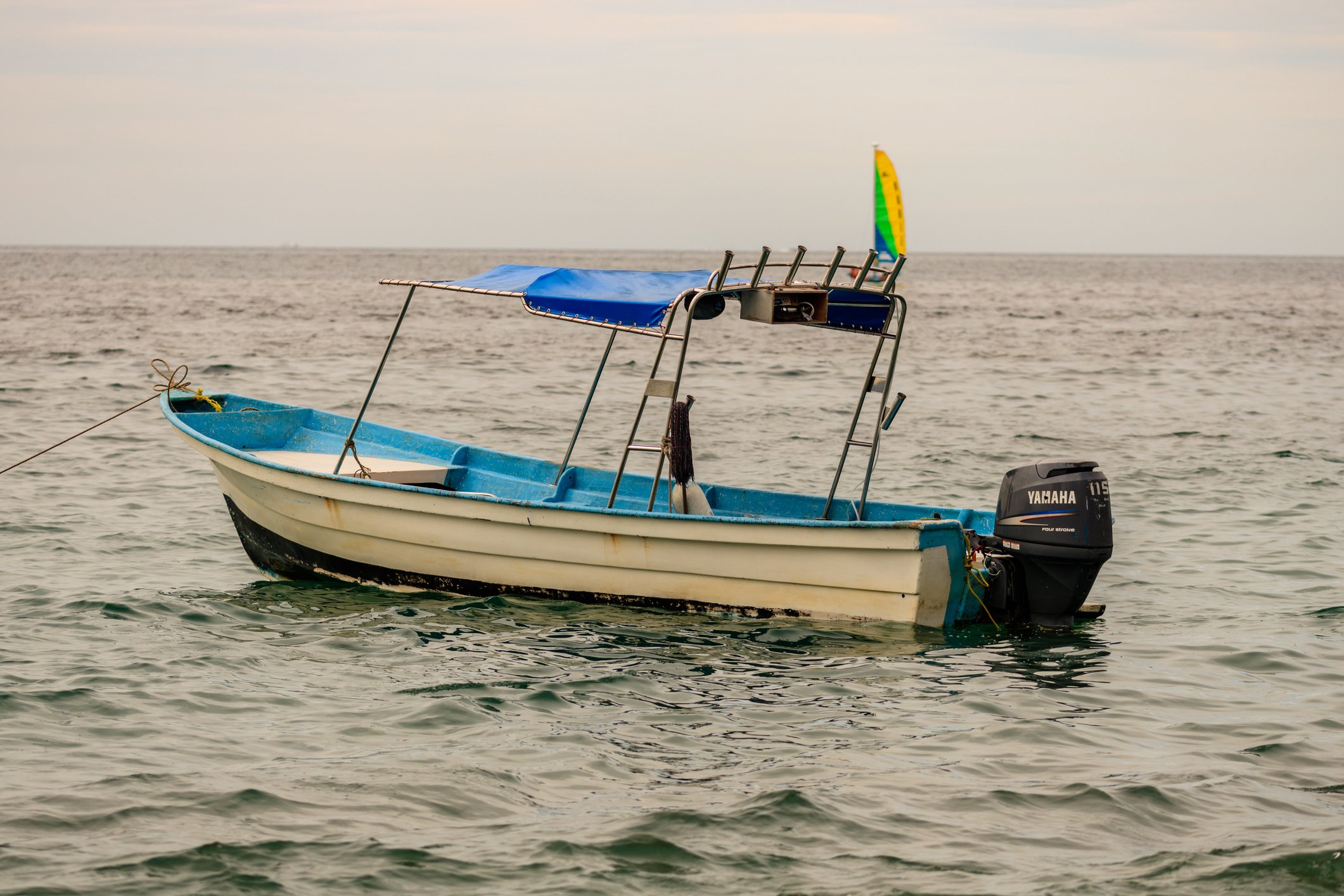San Clemente’s City Council faced intense scrutiny during a recent meeting as it deliberated the installation of a surveillance camera system proposed by U.S. Customs and Border Protection (CBP). This discussion comes on the heels of a tragic incident involving a capsized panga-style boat off the coast, which resulted in four fatalities and numerous injuries, prompting renewed calls for enhanced coastal monitoring.
The proposed surveillance setup, positioned on a hilltop reservoir overlooking the ocean, has drawn significant opposition from local residents concerned about privacy and the implications of federal oversight on their community. After a lengthy debate, council members instructed the city manager to continue negotiations with CBP regarding a draft lease. The terms being discussed include a 20-year lease at a nominal cost of $10 per year, with an option for an additional 10 years. While CBP would cover the anticipated construction and installation costs exceeding $1 million, the city would be responsible for electrical hookups.
According to reports from the Los Angeles Times, around 18 panga boats have been spotted off San Clemente’s coast over the past two years. Proponents of the surveillance technology argue that it could not only deter smuggling but also assist in locating vessels in distress.
Background and Technological Features
The push for enhanced coastal monitoring was initially championed by Mayor Steve Knoblock, who advocates for continuous surveillance utilizing advanced technologies such as rotating telescopic lenses and thermal imaging. Supporters believe this system will enhance security and curb illegal activities along the shoreline. Critics, however, fear that such measures could transform public beaches into zones of constant surveillance, infringing on residents’ civil liberties.
The spotlight on this proposal intensified following the tragic events of November 14, when a panga-style boat capsized near Imperial Beach. This incident, treated by authorities as a possible human-smuggling operation, involved responses from federal and local agencies, including the U.S. Coast Guard. The fallout from this disaster has added urgency to the council’s discussions about the surveillance cameras.
Community Concerns and Legal Considerations
During the city council meeting, many residents expressed their apprehensions about granting CBP a permanent presence in San Clemente. Some raised concerns that such surveillance could lead to broader federal monitoring of local residents. “It starts with surveillance but soon becomes something else entirely,” stated resident Jacki Minter, cautioning that taxpayers might face financial repercussions from potential legal battles related to privacy issues.
The debate is further complicated by the California Values Act (SB 54), which restricts local law enforcement’s interactions with federal immigration agencies. This legislation is expected to influence any lease terms as council members navigate the legal landscape of privacy and surveillance in their decision-making process.
As negotiations with CBP progress, city officials have assured residents that any final agreement will return to the council for public scrutiny and a vote. With the memory of the Imperial Beach tragedy still fresh, both community members and civil liberties advocates remain vigilant, emphasizing the need for a careful balance between enhancing coastal safety and protecting individual rights.







